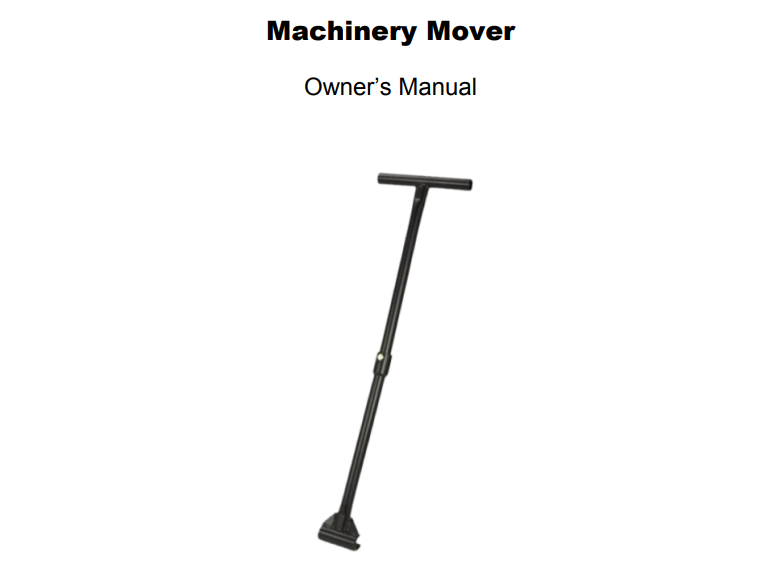500kg gantry crane
The Importance of 500kg Gantry Cranes in Modern Industry
In the fast-paced environment of modern manufacturing and construction, efficiency and safety are paramount. One critical piece of equipment that has proven invaluable in achieving these goals is the gantry crane. Specifically, the 500kg gantry crane has emerged as a versatile and efficient solution for various lifting applications across multiple industries.
What is a Gantry Crane?
A gantry crane is a type of crane that consists of a hoist and a beam mounted on a framework that can move along tracks or wheels. Unlike traditional cranes, which may require significant installation space and infrastructure, gantry cranes are often more portable and adaptable to different working environments. The addition of a lifting capacity of 500kg places this crane in a category that is perfect for light to medium-duty tasks, making it a popular choice among various sectors.
Applications of 500kg Gantry Cranes
The applications of a 500kg gantry crane are vast and varied. In construction sites, they are typically employed for lifting equipment, materials, and components, streamlining processes that would otherwise require significant manpower. They are also widely used in manufacturing settings, particularly in workshops for moving heavy metal sheets, machinery, or completed products.
In industrial settings, the 500kg gantry crane provides flexibility. They can be adjusted to different heights and widths, which is essential in tight spaces. Additionally, they permit horizontal movement, enabling workers to safely transport materials from one location to another without the need for extensive rigging or lifting equipment.
Advantages of Using a 500kg Gantry Crane
1. Portability One significant advantage of the 500kg gantry crane is its portability. Many models are designed to be easily assembled and disassembled, which allows for use in multiple locations or job sites. This portability can drastically reduce setup time when moving between projects.
500kg gantry crane

2. Cost-Effective Compared to larger cranes, 500kg gantry cranes represent a more economical choice for many small to medium-sized operations. They require less investment and maintenance, making them highly attractive to businesses that may not have the budget for more expensive lifting equipment.
3. Safety Features Modern gantry cranes are often equipped with advanced safety features, such as emergency stops, overload safety devices, and limit switches. These features ensure that operations can be carried out without unnecessary risk to workers or the integrity of the materials being moved.
4. Ease of Use The operation of a gantry crane typically requires minimal training, which can help reduce downtime related to operator learning curves. Most models come with straightforward controls that facilitate a smooth lifting process, thereby enhancing overall productivity.
5. Versatility The versatility of a 500kg gantry crane is unmatched. They can accommodate various lifting attachments such as hooks, clamps, or even specialized tools, making them adaptable to different tasks. This feature allows them to be used in industries ranging from manufacturing to warehousing and beyond.
Conclusion
In conclusion, the 500kg gantry crane stands as a testament to the advancements in material handling technology. As industries continue to evolve and demand more efficiency and flexibility, the significance of such cranes cannot be overstated. They not only enhance productivity but also promote safer working conditions.
For businesses aiming to streamline operations while maintaining safety standards, investing in a 500kg gantry crane represents a strategic decision that can yield considerable long-term benefits. With their portability, cost-effectiveness, and versatility, 500kg gantry cranes are undoubtedly critical assets in today’s industrial landscape, facilitating tasks that drive innovation and progress across various sectors.
As industries continue to innovate, it’s clear that machinery such as the gantry crane will play a pivotal role in shaping the future of operational efficiency and safety in workplaces around the world.
-
Unlock Seamless Relocation with Our Heavy Equipment Moving ExpertiseNewsJun.06,2025
-
Unleash Unrivaled Flexibility with Our Adjustable Gantry CraneNewsJun.06,2025
-
Unleash Heavy-Duty Efficiency with Our Industrial Gantry Crane SolutionsNewsJun.06,2025
-
Revolutionize Steel Handling with Our Magnetic Lifter RangeNewsJun.06,2025
-
Master Equipment Mobility with Premium Machinery Mover SolutionsNewsJun.06,2025
-
Elevate Your Material Handling with Magnetic Lifter TechnologyNewsJun.06,2025
-
YS Permanent Lifting Magnets: The Smarter Way to Handle SteelNewsMay.22,2025
